Ackee (Blighia Sapida)
$19.95 Original price was: $19.95.$13.97Current price is: $13.97.
- Prompt service, every time.
- Multiple payment methods, safe and reliable
- Safe and Secure Payments, Always
- Get the quality you deserve, for less.

The Ackee tree (Blighia sapida) is a tropical evergreen tree that belongs to the Sapindaceae family. Native to West Africa, this tree has become widely cultivated and cherished for its fruit, the ackee, which is an integral part of Caribbean cuisine. Beyond its culinary significance, the Ackee tree also boasts attractive features that make it a captivating addition to tropical-inspired landscapes.
Size: The Ackee tree typically reaches a height of 20 to 40 feet (6 to 12 meters) with a spread of about 15 to 30 feet (4.5 to 9 meters).
Leaves: The leaves are pinnate and alternate, with each leaf comprised of 4 to 8 pairs of glossy, dark green leaflets. The leaves provide a lush and verdant canopy.
Flowers: Small, fragrant, cream-colored flowers emerge in clusters during the spring to early summer months. These flowers add a delightful aroma to the surroundings and attract pollinators.
Fruit: The most distinctive feature of the Ackee tree is its fruit. The ackee fruit is pear-shaped, with a bright red to orange outer skin that opens to reveal three sections. Each section contains large, glossy black seeds enveloped in a creamy or pale yellow edible aril. The fruit is highly sought after for its unique taste and culinary applications.
Bark: The bark of the Ackee tree is smooth and light gray when young, gradually becoming darker and rougher as the tree matures.
| Pot Size | Medium Coconut Coir Pot, Large Coconut Coir Pot |
|---|
Be the first to review “Ackee (Blighia Sapida)” Cancel reply
Related products
Tropical Fruit & Spice Trees
Tropical Fruit & Spice Trees
Tropical Fruit & Spice Trees
Tropical Fruit & Spice Trees
Tropical Fruit & Spice Trees
Tropical Fruit & Spice Trees
Tropical Fruit & Spice Trees
Tropical Fruit & Spice Trees

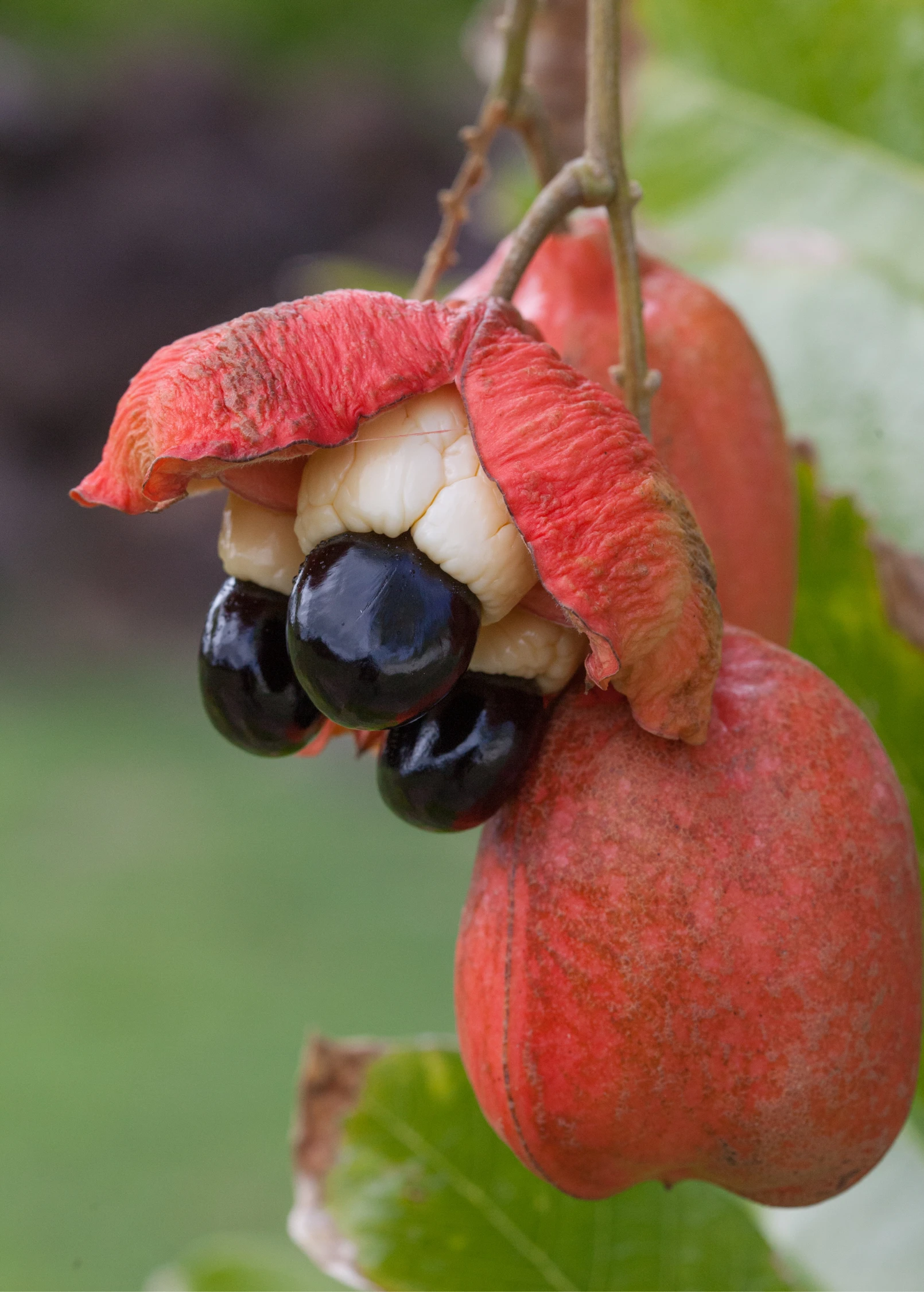

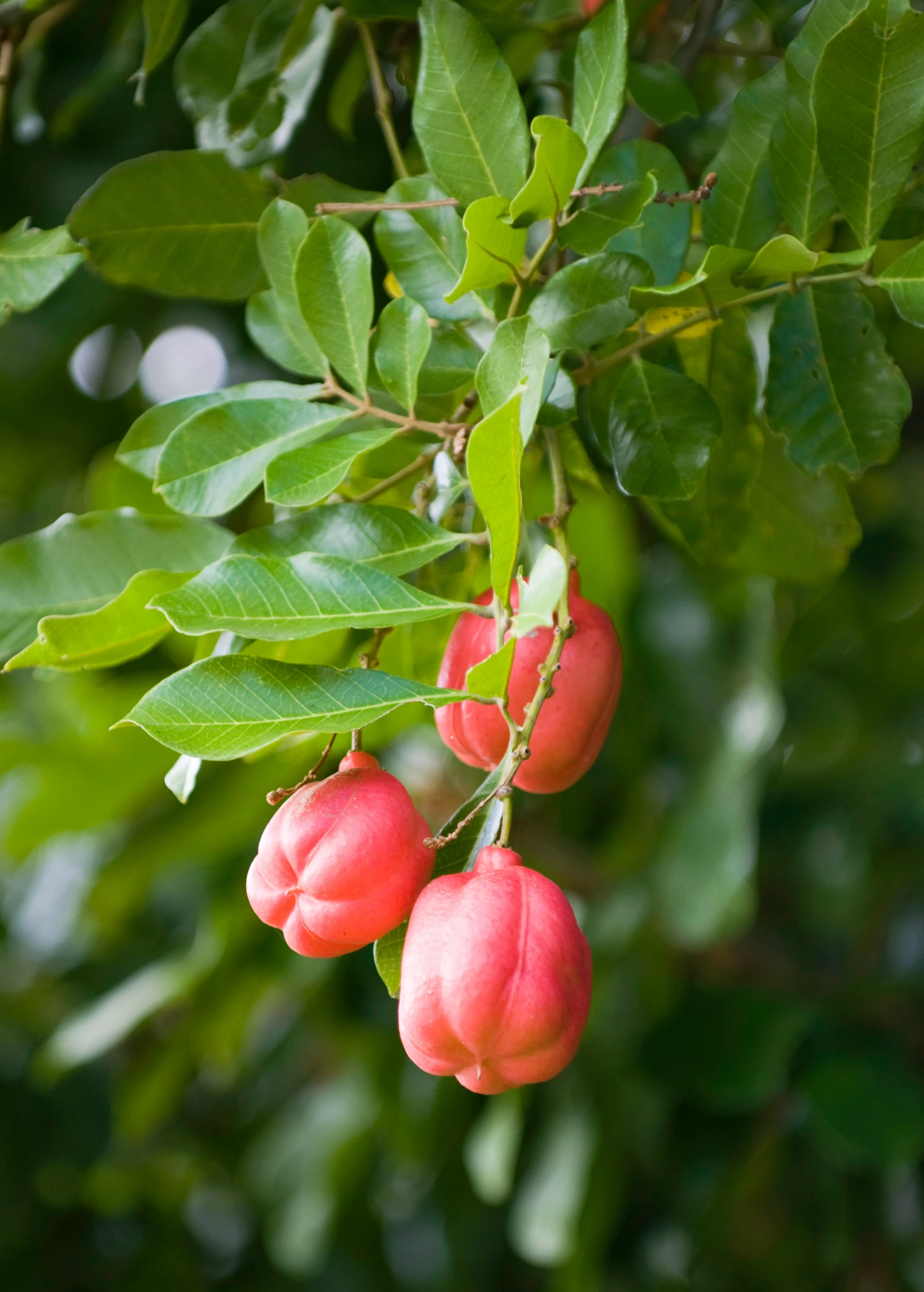
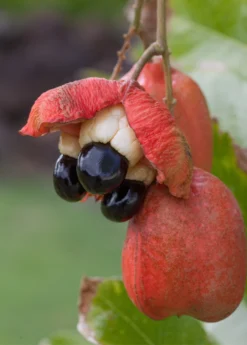

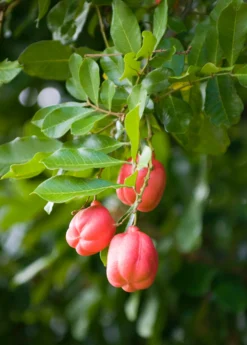

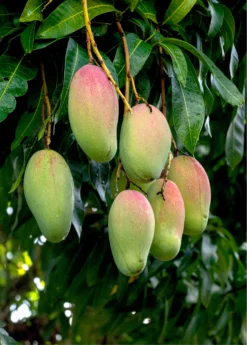
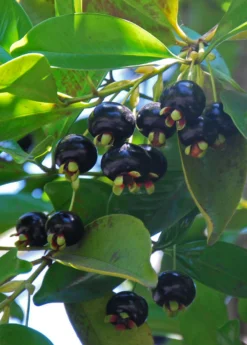

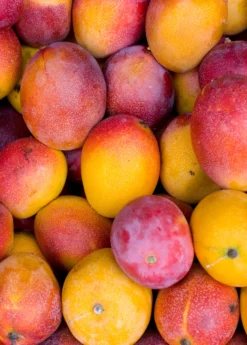
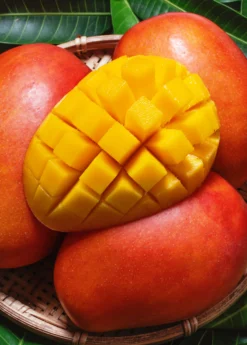

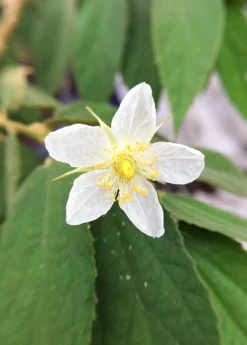

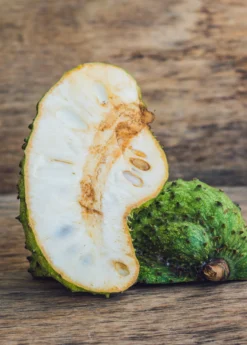
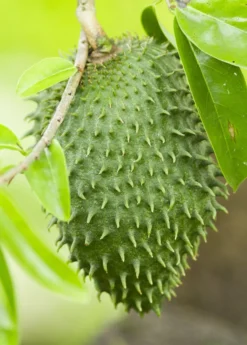
Reviews
There are no reviews yet.